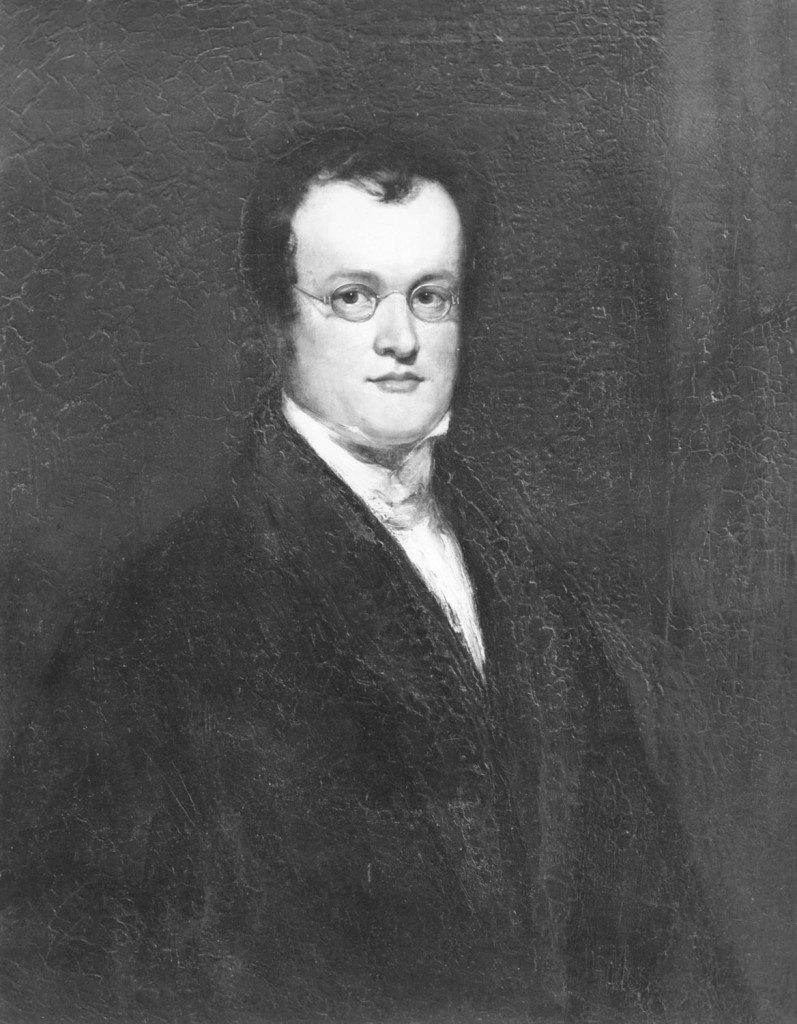The Aftermath of the Great Strike of 1828
Image: Richard Godson, QC, MP. Godson was a prominent barrister in early 19th England. He came to local prominence after the Great Strike of 1828. Later in the year eleven carpet weavers were charged with several offences, including assault, riot and tumultuous assembly. Godson acted as their defence barrister, securing the acquittal of most of the defendants. His success gave him heroic status amongst the carpet weavers, but he condemned any violent action and called for reconciliation between masters and men. He was approached to stand as an MP for Kidderminster following the elections to the reformed Parliament of 1832 and was elected as a Radical. Godson’s political opinions moved away from radicalism towards the modernising conservatism of Sir Robert Peel, the new leader of the Conservative Party, factory owner and MP for the Borough of Tamworth in Staffordshire. In January 1835 Godson lost his seat in the general election.
Image from: Bewdley Museum
The 1828 Strike was a disaster for the weavers and almost completely ruined the carpet industry in Kidderminster, as much trade was diverted elsewhere, in some cases permanently. Furthermore it soured labour relations even more between the two sides, certainly for the foreseeable future.
Tension remained even in August 1830, when a dispute at William Cooper’s factory resulted in mob violence against several of the manufacturers involved in the 1828 strike. The industry was even slower to recover after a further downturn in trade, resulting in several manufacturers going bankrupt, including John Broom, owner of the vermilion painted front door. It was only in 1835 that the industry managed to stabilise, with six companies owning more than 100 looms apiece. As late as 1839, however, an Assistant Hand Loom Commissioner claimed that the strike was still a dominant influence in the town.
The moral condition of the weavers has been gradually deteriorating ever since this struggle. Rents in the town have become lower, and the effects of the strike are severely felt”
« Previous in this sectionNext in this section »Continue browsing this section
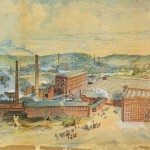 Made in Kidderminster: the History of the Carpet Industry
Made in Kidderminster: the History of the Carpet Industry
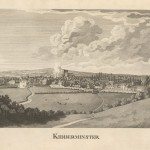 The Origins of Carpet Making in Kidderminster
The Origins of Carpet Making in Kidderminster
 The Origins of Carpet Making in Kidderminster
The Origins of Carpet Making in Kidderminster
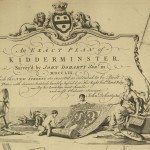 The Origins of Carpet Making in Kidderminster
The Origins of Carpet Making in Kidderminster
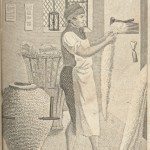 Handloom Weaving
Handloom Weaving
 The Factory System
The Factory System
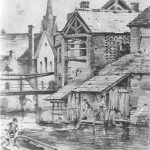 Washing and Winding
Washing and Winding
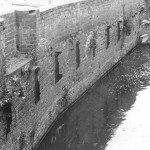 Washing and Winding
Washing and Winding
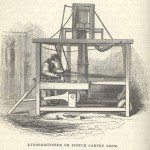 Technological Changes: the Scotch Loom
Technological Changes: the Scotch Loom
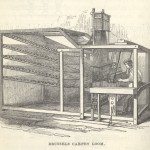 Technological Changes: the Brussels Loom
Technological Changes: the Brussels Loom
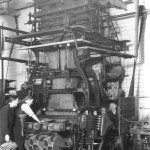 Technological Changes: the Jacquard Loom
Technological Changes: the Jacquard Loom
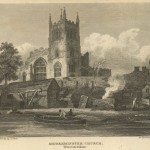 The Kidderminster Carpet Industry and the Wider World
The Kidderminster Carpet Industry and the Wider World
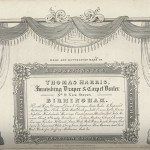 The Kidderminster Carpet Industry and the Wider World
The Kidderminster Carpet Industry and the Wider World
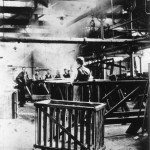 Working Conditions in Kidderminster Carpet Factories
Working Conditions in Kidderminster Carpet Factories
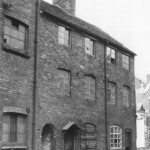 The Great Strike of 1828
The Great Strike of 1828
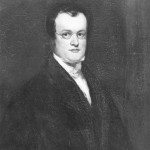 The Aftermath of the Great Strike of 1828
The Aftermath of the Great Strike of 1828
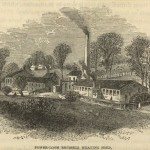 Kidderminster in the mid 19th Century
Kidderminster in the mid 19th Century
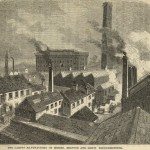 Kidderminster: the Factory Town
Kidderminster: the Factory Town



